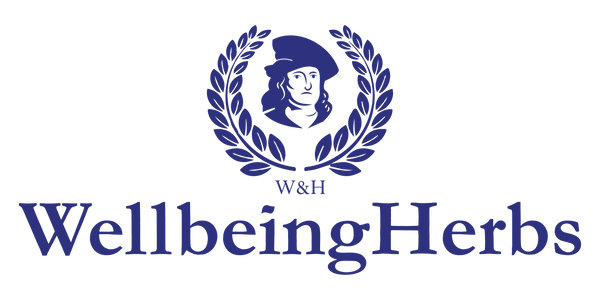What is Echinacea?
Echinacea is a perennial plant, which belongs to the genus with the same name. Nine of the species from the Echinacea genus are also called coneflowers and three of them are used in medicine. They are: Echinacea pallida, Echinacea purpurea, Echinacea angustifolia. Now, we are going to speak about Echinacea purpurea. It is native to the eastern part of the North America. Root, leaves and flowers of the plant are used to make medicine. Native Americans used Echinacea to treat colds, sore throat and headache.
What are Echinacea benefits?
Echinacea contains active substances which boost our immune system. To the contrary of antibiotics, which kill both beneficial and harmful bacteria, Echinacea supports our organism. It also acts like an antibacterial, antidepressant and antioxidant remedy. You can find Echinacea in every drugstore, supermarket in form of capsules, tablets, herbal tea or juice. A great number of studies shows, that Echinacea may be effectively used for:
- flu;
- colds;
- insect bites;
- wound;
- cough;
- dizziness;
- pain;
- genital herpes;
- indigestion;
- malaria;
- rheumatism;
- snake bites;
- migraines;
- vaginal yeast infections;
- syphilis;
- urinary tract infections;
- bloodstream infections;
- gum disease.
What are Echinacea side effects?
For most people it is safe, but is better to take Echinacea for a short time. Sometimes children and adults may have allergic reactions, so before taking it make sure that you don’t have allergy to this herb. It is better not to use it while pregnancy and breast-feeding.
